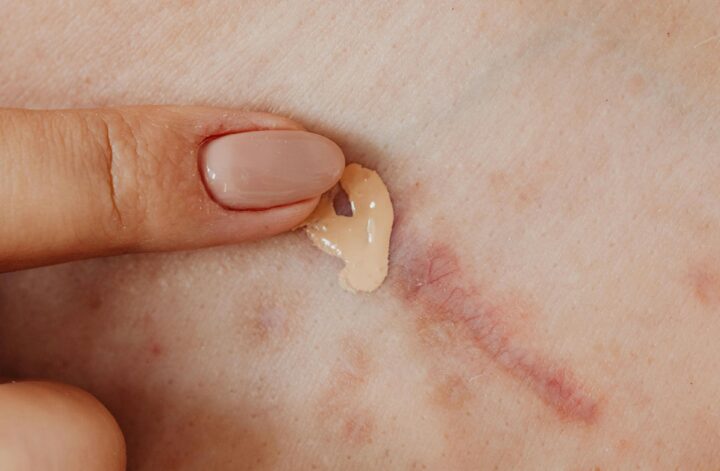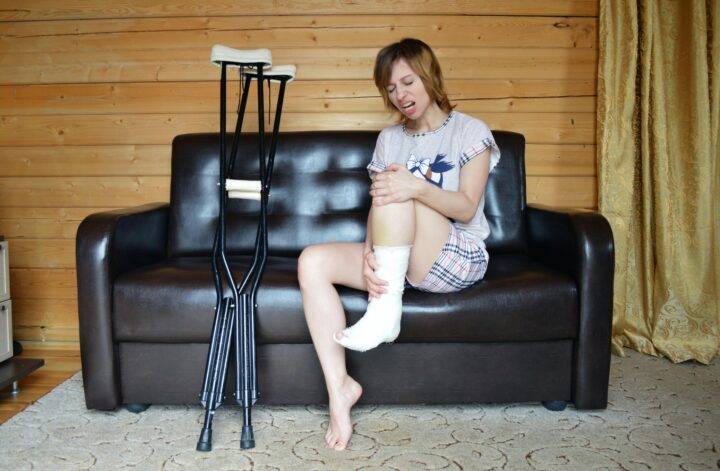Scar tissue forms as part of the natural healing process following an injury, surgery, or inflammation. It is the body’s way of repairing damaged skin, muscles, or other tissues. While scars are a testament to the body’s remarkable ability to heal, they can sometimes cause discomfort, restrict movement, or become cosmetically concerning. Understanding how scar tissue develops and exploring methods to minimize and manage it can help improve both functional and aesthetic outcomes.
The Formation of Scar Tissue
When the skin or tissues are injured, the body initiates a complex healing process that involves several stages:
1. Hemostasis: The immediate response to injury, where blood vessels constrict to reduce bleeding and clotting occurs to seal the wound.
2. Inflammation: White blood cells and other immune cells migrate to the wound site to fight infection and clear debris. This phase is often characterized by redness, swelling, and warmth.
3. Proliferation: New tissue and blood vessels start to form. Fibroblasts produce collagen, a protein that provides structure and strength to the new tissue.
4. Maturation: The newly formed tissue gradually strengthens and remodels. Collagen fibers reorganize, and the scar tissue becomes more elastic and less dense over time.
Scar tissue is composed primarily of collagen, but it differs from normal tissue in its arrangement. The collagen fibers in scar tissue are typically aligned in a single direction rather than the random, basket-weave pattern found in healthy skin. This difference in structure can make scar tissue less flexible and more prone to discomfort or tightness.
Types of Scars
There are several types of scars, each with unique characteristics:
1. Hypertrophic Scars: These scars are raised, red, and may become itchy. They remain within the boundaries of the original wound and may improve over time.
2. Keloid Scars: Keloids are overgrown scars that extend beyond the original wound margins. They are more common in people with darker skin tones and can be challenging to treat.
3. Contracture Scars: Often resulting from burns, contracture scars cause the skin to tighten, which can restrict movement and affect underlying muscles and tendons.
4. Atrophic Scars: These are sunken or pitted scars, often resulting from conditions like acne or chickenpox. They occur when the underlying structures that support the skin are lost.
Minimizing Scar Formation
While it is impossible to prevent scars entirely, several strategies can help minimize their appearance:
1. Proper Wound Care: Keeping the wound clean and moist can promote faster healing and reduce the risk of infection. Applying antibiotic ointments and covering the wound with a sterile bandage can help.
2. Avoiding Sun Exposure: UV radiation can darken scars and make them more noticeable. Using sunscreen with a high SPF or covering the scarred area can protect it from the sun’s harmful rays.
3. Silicone Sheets and Gels: These products can help flatten and soften scars by providing a protective barrier and maintaining moisture.
4. Massage: Gently massaging the scar with a moisturizing lotion can improve blood flow and flexibility, reducing the risk of tightness and discomfort.
5. Avoiding Tension: Limiting movement that stretches the wound can prevent the scar from widening or becoming more pronounced.
Managing Existing Scar Tissue
For those already dealing with scars, several treatments can help improve their appearance and reduce discomfort:
1. Topical Treatments: Prescription creams containing steroids, retinoids, or other active ingredients can help improve the texture and color of scars.
2. Injections: Steroid injections can flatten raised scars, while other injectables like collagen or hyaluronic acid can fill in pitted scars.
3. Laser Therapy: Different laser treatments can resurface the skin, reduce redness, and improve the overall appearance of scars.
4. Microneedling: This procedure uses tiny needles to create controlled micro-injuries in the skin, stimulating collagen production and improving the texture of scars.
5. Surgical Revision: In some cases, a surgical procedure may be necessary to remove or reduce the size of a scar. This is often considered for severe or problematic scars.
Conclusion
Scar tissue is a natural part of the healing process, but it can sometimes cause physical or emotional discomfort. By understanding how scars form and exploring various prevention and treatment options, individuals can take proactive steps to minimize and manage their scars effectively. Consulting with healthcare professionals, such as dermatologists or plastic surgeons, can provide personalized recommendations and advanced treatments to achieve the best possible outcomes.




